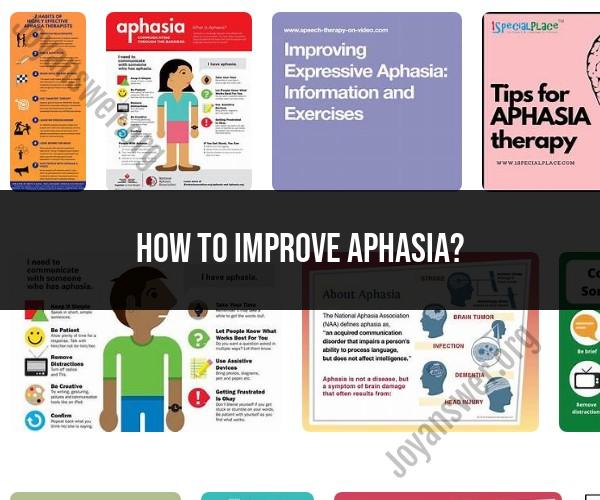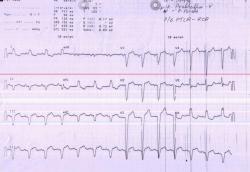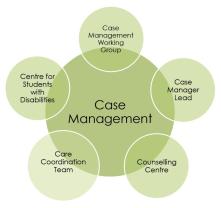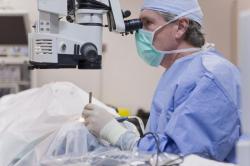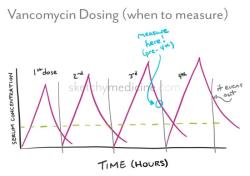How to improve aphasia?
Aphasia is a communication disorder that can affect a person's ability to understand, express, and process language. Improving aphasia typically involves a combination of strategies, techniques, and therapies tailored to the individual's specific needs and severity of the condition. Here are some effective approaches to help improve aphasia:
Speech-Language Therapy:
- Speech-language therapy (SLT) is the cornerstone of aphasia treatment. A certified speech-language pathologist (SLP) will work with the individual to develop a customized therapy plan. Therapy may include exercises to improve speech production, language comprehension, and communication skills.
Aphasia Apps and Software:
- There are various aphasia apps and software programs designed to assist individuals in practicing and improving their language skills. These tools often include exercises, interactive games, and communication aids.
Augmentative and Alternative Communication (AAC):
- AAC devices and apps can help individuals with severe aphasia communicate. These tools include picture boards, speech-generating devices, and text-to-speech software.
Use Visual Supports:
- Visual aids, such as pictures, diagrams, and written cues, can assist individuals with aphasia in understanding and expressing ideas. These supports can be particularly helpful in therapy and daily communication.
Practice Daily Communication:
- Encourage daily communication and conversation with family members, caregivers, and friends. Maintain a supportive and patient environment that allows the individual to express themselves without feeling rushed or pressured.
Cueing Techniques:
- SLPs often use cueing techniques to assist individuals with finding the right words or improving sentence structure. These cues may be visual, auditory, or tactile in nature.
Melodic Intonation Therapy (MIT):
- MIT is a technique that uses the singing of words or phrases to stimulate language recovery in individuals with non-fluent aphasia. It can help improve fluency and expression.
Constraint-Induced Language Therapy (CILT):
- CILT is an intensive therapy approach that encourages the use of verbal communication by constraining the use of nonverbal communication methods. It aims to stimulate language production.
Group Therapy:
- Group therapy sessions with other individuals who have aphasia can provide a supportive and social environment for practicing communication skills.
Reading and Writing Practice:
- Encourage reading and writing activities, starting with simple texts and gradually progressing to more complex materials. Journaling, writing emails, or reading aloud can be beneficial.
Family and Caregiver Involvement:
- Educate family members and caregivers about aphasia and the communication needs of the individual. Encourage their active involvement in therapy and daily life.
Be Patient and Encouraging:
- Patience and encouragement are crucial. Individuals with aphasia may become frustrated or anxious about their communication difficulties. Offer support, praise efforts, and celebrate small successes.
Set Realistic Goals:
- Establish achievable, short-term and long-term goals for language improvement. Regularly assess progress and adjust therapy plans accordingly.
It's important to remember that aphasia recovery varies from person to person, and improvement may take time. The key is to provide consistent support and access to therapy and resources. Additionally, ongoing communication with healthcare professionals, including speech-language pathologists, can help guide the rehabilitation process and address any evolving needs.
Improving Aphasia: Strategies and Approaches
Aphasia is a language disorder that can affect a person's ability to speak, understand, read, and write. It is caused by damage to the language centers of the brain, such as from a stroke or brain injury.
There is no cure for aphasia, but there are a number of strategies and approaches that can be used to improve communication skills and recover language function. These include:
- Speech therapy: Speech therapy is the most common treatment for aphasia. Speech therapists can help people with aphasia to improve their speech, language, and cognitive-communication skills.
- Communication strategies: There are a number of communication strategies that people with aphasia can use to improve their communication skills. These strategies may include using gestures, facial expressions, and pictures to communicate.
- Augmentative and alternative communication (AAC): AAC devices can be used to help people with aphasia communicate when they are unable to speak. AAC devices include things like picture boards, speech-generating devices, and computer-based communication systems.
Aphasia Rehabilitation: How to Enhance Communication Skills
Aphasia rehabilitation is the process of helping people with aphasia to recover their language function and improve their communication skills. Aphasia rehabilitation is typically provided by a speech therapist in a clinical setting or in the person's home.
The goals of aphasia rehabilitation vary depending on the individual's needs and abilities. However, common goals include:
- Improving speech: This may involve working on articulation, pronunciation, fluency, and voice quality.
- Improving language comprehension: This may involve working on vocabulary, grammar, and sentence structure.
- Improving cognitive-communication skills: This may involve working on problem-solving, decision-making, and memory skills.
Aphasia rehabilitation can be a challenging process, but it can also be very rewarding. With the help of a speech therapist, many people with aphasia are able to make significant improvements in their communication skills and live more fulfilling lives.
Aphasia Recovery: Tips for Effective Improvement
Here are some tips for effective aphasia recovery:
- Start early. The earlier aphasia rehabilitation is started, the better the chances of recovery.
- Be patient and consistent. Aphasia recovery takes time and effort. It is important to be patient and consistent with therapy in order to see results.
- Involve family and friends. Family and friends can play an important role in aphasia recovery. They can help by practicing communication strategies with the person with aphasia and by providing emotional support.
- Use technology. There are a number of technology-based tools and resources that can be used to support aphasia recovery. These tools include AAC devices, computer-based language therapy programs, and online support groups.
If you or someone you know has aphasia, there is hope. With the right support and treatment, many people with aphasia are able to make significant improvements in their communication skills and live more fulfilling lives.
